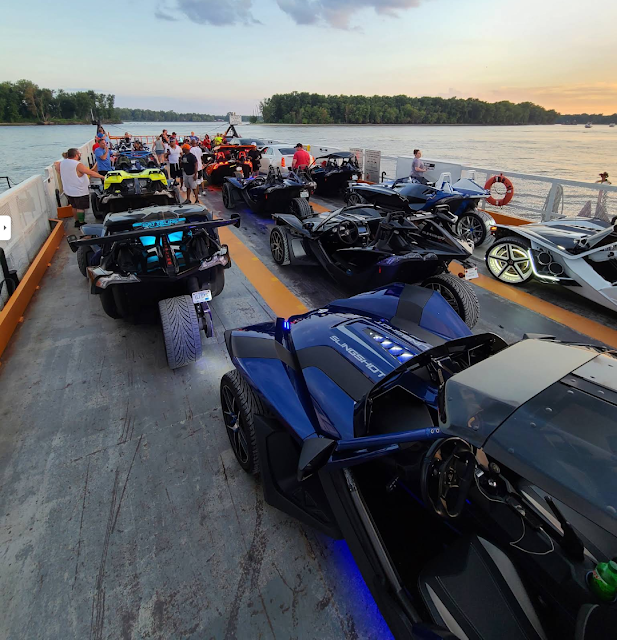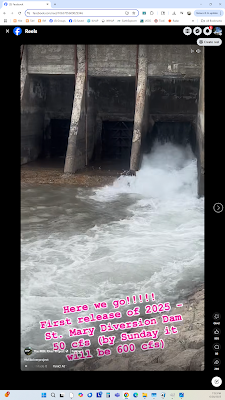1913 11th Street (Murray Morgan) Bridge
"Opened Feb. 15, 1913; rehabilitated 1957; closed 2007; rehabilitated 2012-3" [BridgeHunter_11th]
 |
| LC-DIG-highsm-50780, Carol M. Highsmith Archive, Library of Congress, Prints and Photographs Division, cropped |
"Significance: The City Waterway Bridge is an early example of a vertical lift bridge, designed by the renowned firm of Waddell and Harrington. Three features made it remarkable, if not unique among vertical lift bridges of the day: the unusually great height of the deck above the water; the employment of an overhead span designed for carrying a water pipe, and the fact it was built on a grade." [HAER_data]
 |
| HAER WASH,27-TACO,9- |
 |
| HAER WASH,27-TACO,9- 7. MACHINERY ROOM LOOKING NORTH WEST BY 270 DEGREES - City Waterway Bridge, Spanning City Waterway at State Route 509, Tacoma, Pierce County, WA Photos from Survey HAER WA-100 |
 |
| PAN US GEOG - Washington no. 51, c1919 Tacoma tide flats from Tacoma Bldg. digital file from intermediary roll film copy |
15th Street Bridges
There were two bridges named 15th Street, and some of the sources confuse the two. The bridge in the foreground carried just the NP. The bridge behind it carried the UP and 15th Street Bridge.
 |
| Digitally Zoomed from above panoramic photo |
This topo map also provides an overview of the two bridges.
Note that each lane of 15th Street was cantilevered on the outside of the railroad span.
 |
| May 18, 1957 @ 20,000; ARA550460010152 |
1914-1973 NP 15th Street Bridge
NP's first bridge here was built in 1892. [BridgeHunterIndex] It was replaced by this 1914 bridge.
The 1914 bridge was abandoned in 1973 "due to damage from an erroneously routed Boeing load, likely removed shortly thereafter."
 |
| HABS WASH,27-TACO,6--50 50. 15th Street Swing Bridge (1914). Built by the American Bridge Company. - Union Depot Area Study, Tacoma, Pierce County, WA |
A colorized version of the above photo.
 |
| Western Washington History - Now in Color posted Built in 1914, Swing Bridge, 15th St, Tacoma Mike Stella: Grew up in Tacoma. That is NOT the 15th St. swing bridge. That is not even Tacoma. Pretty lousy post! |
 |
| Dennis DeBruler commented on Mike's comment The post is correct, https://www.loc.gov/pictures/item/wa0170.photos.168826p/. It was the NP Bridge. The UP+Road bridge was just south of this one. |
1914-1983 UP+road 15th Street Bridge
 |
| BridgeHunter_191_ UP_15th |














%20Facebook.png)



.jpg)
.jpg)

.jpg)


.jpg)











%20Facebook.png)






%20Facebook.png)
